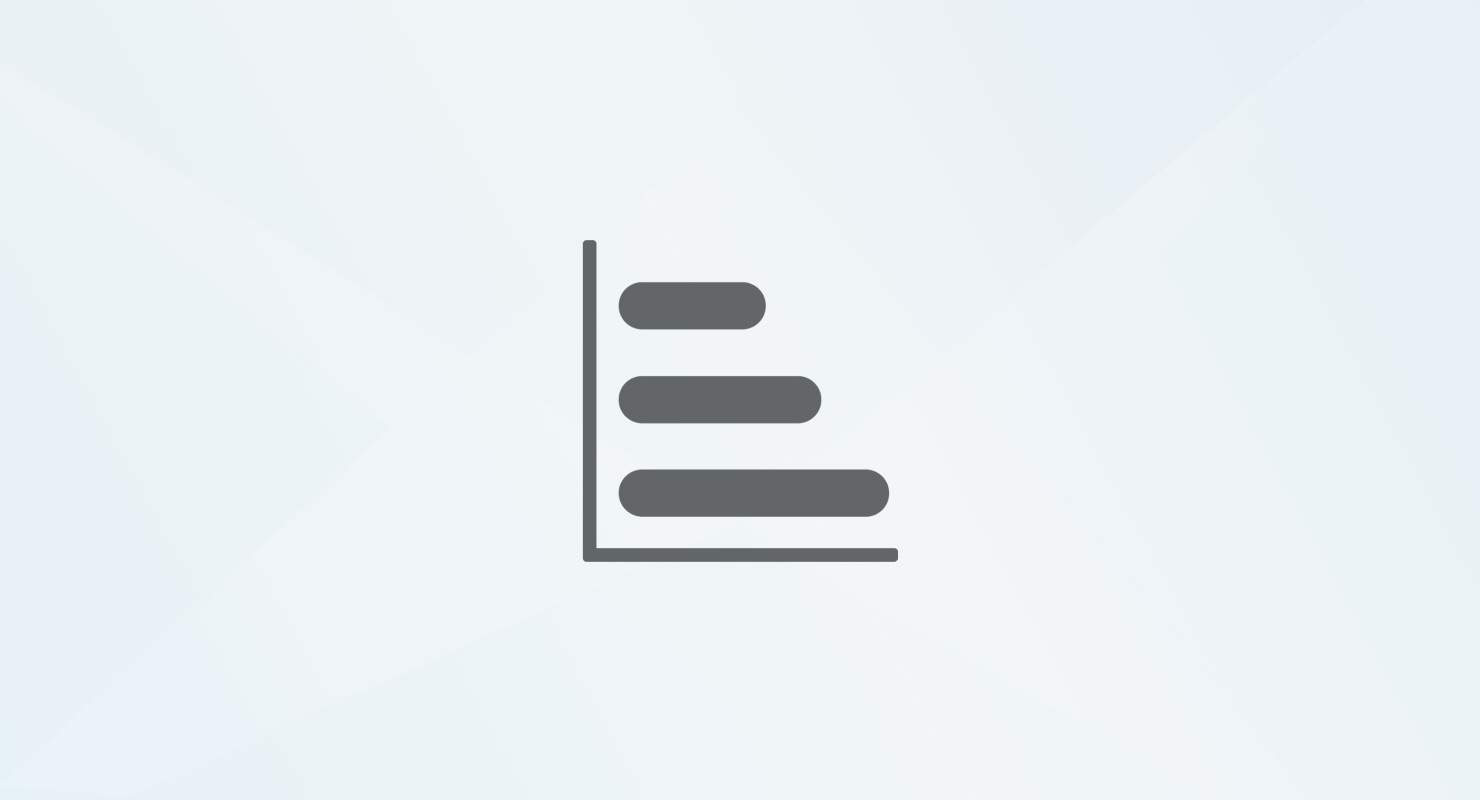From its inception back in the late 1800s, time tracking has been used to quantify and increase productivity. It sees time as the universal currency of work – that no matter how we value effort and output, nothing is created outside of time.
While we haven’t found a better measure since, our ability to understand our productivity has developed dramatically. With solutions that can now automatically track all our digital activity, we can essentially hold a mirror up to how we work – uncovering insights about our workflows, behaviors and productive patterns which let us introduce effective, positive change.
Using the example of our own automatic time tracker Timely, here are just 20 ways time tracking helps increase productivity.

Measuring KPIs
Time tracking provides the building blocks for measuring productivity:
- Average task length
- Billable and non-billable %
- Total hours worked
- Total project hours
- Capacity
These measures can then calculate fluctuations in popular KPI benchmarks over time, including:
- EfficiencyAverage task length / total hours worked
- Utilization% billable time / % non-billable time
- CapacityTotal hours worked / hours budgeted
- ProfitabilityTime spent per project / profit generated
To save you time, Timely calculates these for you in ready-made dashboards. It also visualizes all your tracked activity in a neat timeline, so you can easily recognize your own efforts and achievements.

Identifying time drains
Time tracking can also help highlight productive obstacles so you know what processes, tasks, tools, workflows and behaviors to address. It makes visible:
- Low-value tasks: You can quantify all the time you spend on bureaucratic work that doesn’t drive your objectives forward – like email, meetings, project management, task coordination, admin and expenses.
- Unproductive patterns: Surface “trapped” or “dead” time (like the limbo time between two meetings) and the meetings that always overrun. Then look at your own routines and habits – what do you do when you get into the office and after lunch? How often do you check email? Where do you waste time?
- Bloated processes: identify bottlenecks and lengthy processes by seeing where tasks take longer than average. Look for projects that involved lengthy stand-ups or piecemeal tasks scattered throughout your day.

Revealing distractions
Since it takes nearly 30 minutes to refocus each time you get distracted, controlling daily disruptions is essential for becoming more productive . Time tracking helps by mapping out:
- Daily interruptions: trace the “quick requests”, meetings and email queries that carve up your productive focus.
- Disruptive tools: Slack, Whatsapp, Hangouts, Skype, message boards and new document annotations are all designed to capture your attention. Their notifications, ease of use and “immediacy” can leave you in a state of perpetual distraction and create a culture of immediate availability.
- Procrastination: sometimes, we are our biggest productive blocker. See how often you procrastinate and how long you spend on unproductive websites.
- Unplanned tasks: identify the tasks that creep into your workload and distract you from your highest priority work. Analyze how many of these actually fall within your remit or are better aligned with another colleague’s objectives.

Managing your focus
We produce our best quality work more effectively in a state of deep focus. Time tracking supports your cognitive performance by helping you:
- Stop multitasking: mapping out exactly what you do in a day can help you manage this quintessential productivity killer. See how often you jump between tasks and how many different tasks you work on within the same day.
- Monitor deep work: we produce a higher quality and quantity of work (with a higher cognitive reward) during periods of long, uninterrupted focus. Monitoring the amount of deep work you actually perform in a week is a nice alternative metric for measuring productivity.
- Time block: the calendar interface of time tracking lends itself perfectly to time blocking – the practice of setting strict time limits to your work to boost productivity. But they have the added benefit of being able to track how you actually perform against your plans.
- Stick to priorities: By showing what you work on and for how long, time tracking lets you keep your priorities in-check. See if you are actually working on your most valuable tasks and whether you dedicate enough time to them.
- Identify productive peaks: we all have different chronotypes that affect our daily cognitive performance. Time tracking can easily show you what times of day you tend to perform best, so you can schedule your most important or difficult work for these periods.

Protecting against burnout
Quality rest is an essential part of staying productive. By monitoring how you use your time with an automatic tracker, you can quickly gauge:
- Workload fluctuations: where work is distributed unevenly across your week, creating days of varying intensity and pressure.
- Overtime: Working intensely for extended periods can lead to disturbed sleep, stress, anxiety and depression, so it’s important to stay on top of any additional hours worked.
- Capacity: seeing how many of your total weekly hours you have logged helps protect you from dipping into exhaustive overtime territory in the first place.
- Breaks: not taking proper breaks can have a massively detrimental effect on productivity. Tracking your time reveals how much well-spaced quality downtime you actually get.






